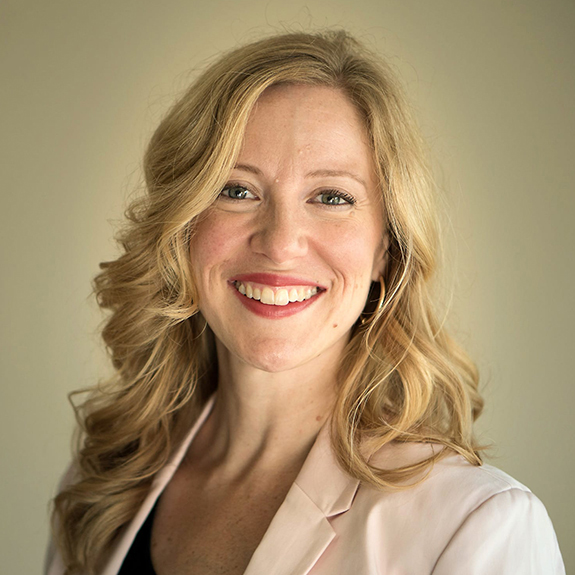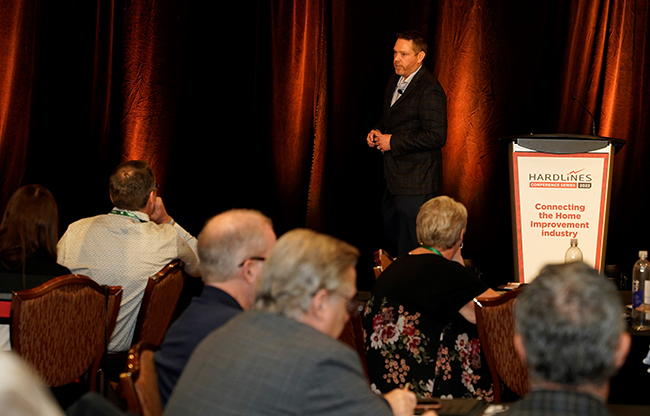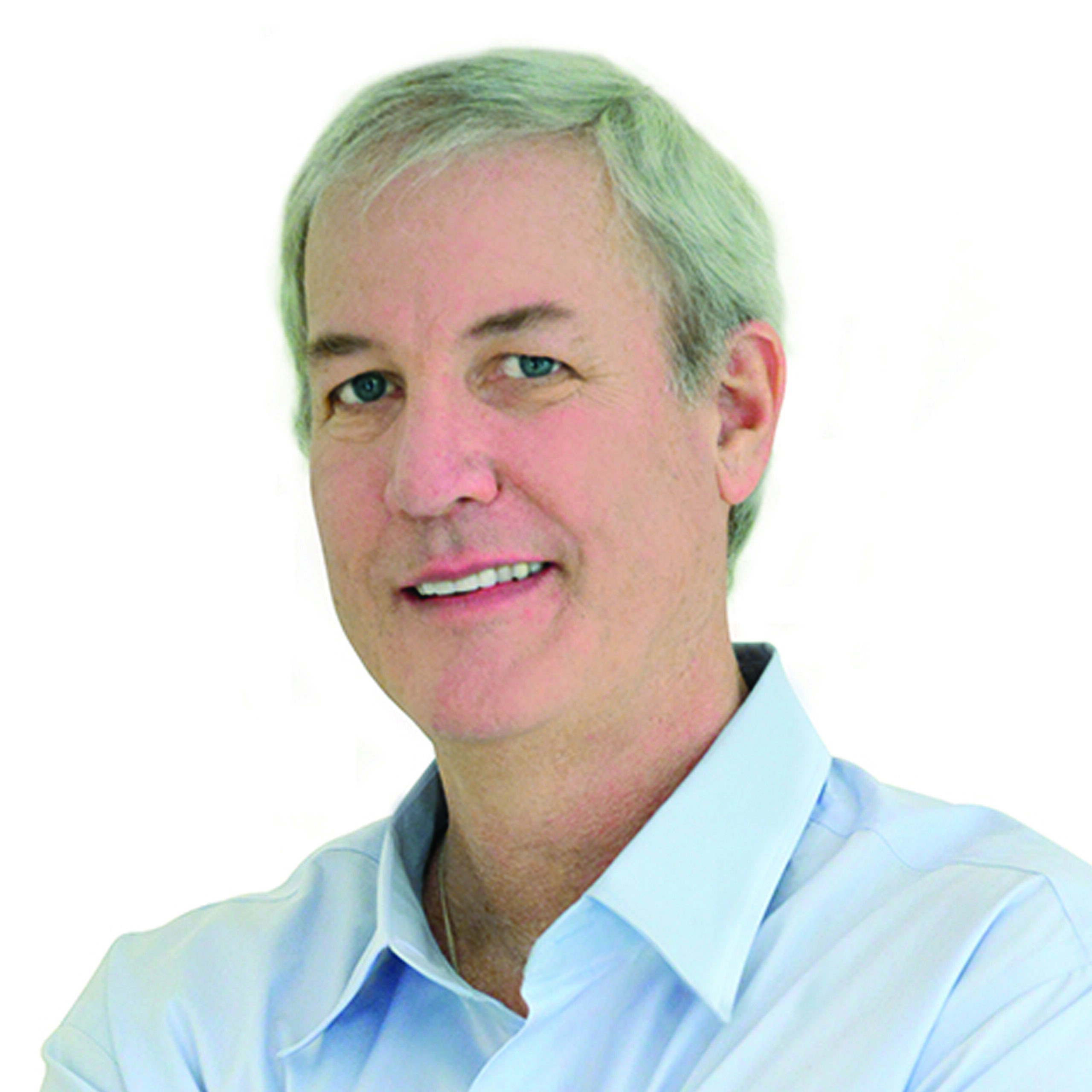
More than one-third of home improvement companies in British Columbia have been enduring long-term personnel vacancies. The scarcity of talent entering the workforce, both at the retail and supplier levels, has driven the Building Supply Industry Association of British Columbia to develop a project to figure out how to make the sector more attractive to potential workers.
Thomas Foreman, president of the BSIA, is leading an effort to get more data on the needs, ambitions, and direction of the workforce in British Columbia. The end result will be, he hopes, a more informed approach to hiring and retention within the home improvement sector.
The group has plugged into provincial government funds from the Ministry of Advanced Education and Skills Training, and has turned to R.A. Malatest and Associates to execute a study of worker habits and expectations. Malatest has released the latest summary of its Building Supply Sector Labour Market Study to the BSIA’s governance committee. Here are some of the highlights of responses from dealers and suppliers:
- 39 percent of companies have been experiencing long-term vacancies of four months or longer.
- The biggest gaps are among retail salespeople, with 41 percent of respondents reporting long-term vacancies, with heavy equipment operators (32 percent), store shelf stockers, clerks and order fillers (30 percent) all experiencing severe shortages.
- Over one-half of respondents (52 percent) expect that the number of full-time employees they hire will increase by 2027; eight percent expect a decrease, and 41 percent expect it to stay the same.
- Only one-quarter of respondents have a written human resources strategy, although having a formal strategy did not decrease the likelihood of facing long-term vacancies.
The study also did surveys and focus groups with young people preparing to enter the workforce. Based on feedback from new entrants to the industry, major attractive elements include the relaxed work atmosphere and the potential to earn higher wages than can be found in other entry-level work such as food service and other retail. Some participants noted concerns about the sector related to lack of progression in the workplace, and compensation that didn’t fairly reflect their contributions to the business, as deterrents to long-term work in the sector.
The interim report revealed that high school students generally do not have positive impressions of this sector, nor do they find most elements of the work appealing. The attitude by potential workers to the home improvement industry as a long-term career option was divided down the middle, with 50 percent not regarding their work in this sector as a long-term possibility. Some of the reasons cited included a perception of low wages compared with other sectors along with limited options for career advancement.
Long-term vacancies and hiring have been a challenge for many years, even before the onset of Covid. Some respondents have seen their hiring crunches ease in the past few months, while others continue to feel labour shortages.
The team at Malatest reviewed the findings with the BSIA’s governance committee right before Christmas. A final draft report will be circulated to the committee in mid-January.


 Sarah McVanel is the founder of
Sarah McVanel is the founder of  Two speakers at the recent Hardlines Conference in Niagara-on-the-Lake, Ont., talked about talented employees—how to attract them and how to keep them.
Two speakers at the recent Hardlines Conference in Niagara-on-the-Lake, Ont., talked about talented employees—how to attract them and how to keep them. About a hundred dealers and suppliers gathered three weeks ago at the Halifax Convention Centre to hear from HR experts on the challenges of finding and retaining workers. The conference was put on by the Atlantic Building Supply Dealers Association (ABSDA).
About a hundred dealers and suppliers gathered three weeks ago at the Halifax Convention Centre to hear from HR experts on the challenges of finding and retaining workers. The conference was put on by the Atlantic Building Supply Dealers Association (ABSDA). This month we hear from Zaida Fazlic, vice president of people, culture, and change management at Taiga Building Products, the national building materials wholesaler.
This month we hear from Zaida Fazlic, vice president of people, culture, and change management at Taiga Building Products, the national building materials wholesaler.
 We asked Bernie Owens, president and CEO of TIMBER MART, to share his recollections of some people who have been formative in his career. Here is his reply.
We asked Bernie Owens, president and CEO of TIMBER MART, to share his recollections of some people who have been formative in his career. Here is his reply.